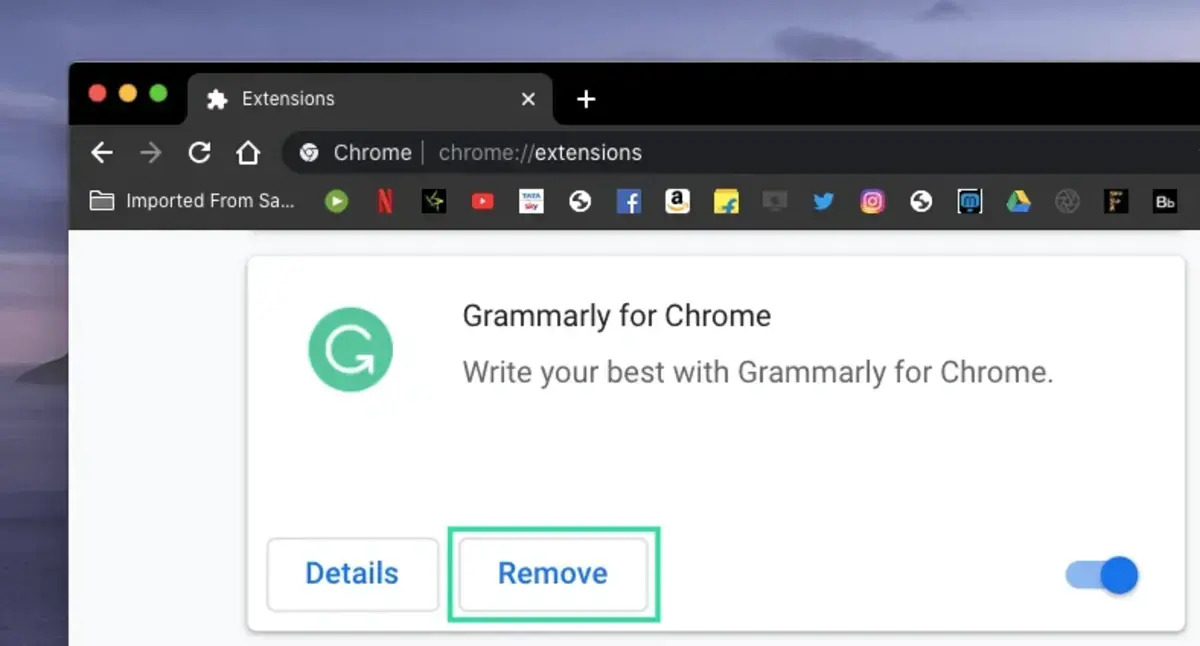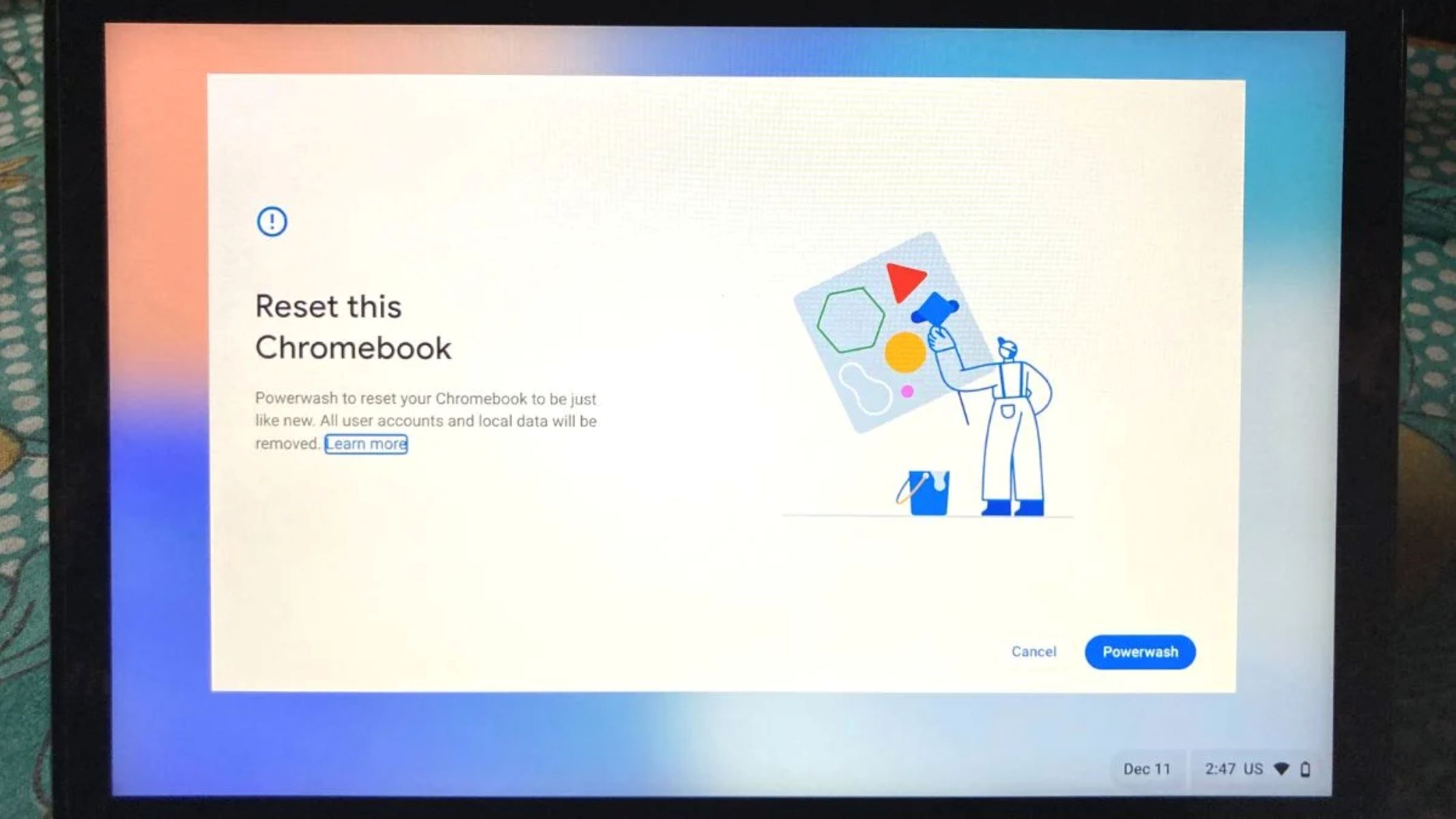Introduction
Chrome is a powerful and versatile web browser that millions of people rely on for their daily internet activities. Whether you're browsing the web, managing emails, or accessing web applications, Chrome's speed, security features, and user-friendly interface make it a popular choice for users across the globe.
However, like any software, Chrome may encounter occasional glitches or performance issues that can disrupt your browsing experience. In such cases, restarting the browser can often resolve these issues and restore smooth functionality. Knowing how to restart Chrome can be a valuable skill, especially when you encounter unresponsive tabs, slow loading times, or other unexpected behavior.
In this article, we'll explore three methods for restarting Chrome, each offering a straightforward approach to resolving common browser issues. Whether you prefer using the browser's menu options, the task manager, or the command line, you'll find a suitable method to quickly refresh Chrome and get back to seamless browsing.
By understanding these methods, you can effectively troubleshoot Chrome-related problems and maintain a smooth and efficient browsing experience. So, let's dive into the various ways to restart Chrome and regain control over your browsing sessions.
Method 1: Using the Chrome Menu
When it comes to restarting Chrome, using the browser's built-in menu options is perhaps the most straightforward method. This approach is ideal for users who prefer a user-friendly and intuitive way to manage their browser sessions. Here's how you can utilize the Chrome menu to restart the browser:
-
Accessing the Menu: To begin, look to the top-right corner of the Chrome window. You'll notice three vertical dots stacked on top of each other. This is the Chrome menu icon. Click on it to reveal a dropdown menu with various options.
-
Selecting "Exit": Within the dropdown menu, navigate to the "Exit" option. Clicking on this option will close all active Chrome windows and terminate the browser process.
-
Relaunching Chrome: After exiting Chrome, you can relaunch the browser by clicking on its icon from your desktop, taskbar, or applications folder. Alternatively, you can search for "Chrome" in your computer's search bar and open the browser from there.
By following these simple steps, you can effectively restart Chrome using the browser's menu options. This method is particularly useful for individuals who prefer a graphical interface and a familiar approach to managing their browser sessions. It provides a quick and hassle-free way to refresh Chrome and address any performance issues or unexpected behavior.
Whether you encounter unresponsive tabs, slow loading times, or other browser-related issues, utilizing the Chrome menu to restart the browser can often resolve these issues and restore smooth functionality. This user-friendly approach aligns with Chrome's intuitive design, making it accessible to a wide range of users who rely on the browser for their daily internet activities.
In the next section, we'll explore an alternative method for restarting Chrome using the task manager, offering users an additional approach to managing their browser sessions and addressing performance issues.
Method 2: Using the Task Manager
When it comes to troubleshooting browser issues and managing Chrome's performance, utilizing the Task Manager can be a powerful and effective approach. The Task Manager provides users with detailed insights into the processes and resources utilized by Chrome, allowing for precise control over the browser's behavior. Here's a detailed look at how you can leverage the Task Manager to restart Chrome and address performance issues:
-
Accessing the Task Manager: To begin, open Chrome and navigate to the Chrome menu located in the top-right corner of the window. From the dropdown menu, select "More tools" and then click on "Task Manager." Alternatively, you can access the Task Manager by using the keyboard shortcut Shift + Esc while Chrome is open.
-
Identifying Unresponsive Processes: Upon accessing the Task Manager, you'll be presented with a list of active processes related to Chrome, including tabs, extensions, and plugins. Look for any processes that are labeled as "Not responding" or consuming an unusually high amount of memory or CPU resources. These processes may be contributing to the browser's sluggish performance or unresponsiveness.
-
Selecting and Ending Processes: Once you've identified problematic processes, you can select them from the Task Manager and click on the "End process" button. This action will terminate the selected processes, effectively refreshing the affected tabs or extensions. By selectively ending processes, you can address specific performance issues without the need to restart the entire browser.
-
Relaunching Chrome: After addressing problematic processes, you can relaunch Chrome to apply the changes. Simply close the Task Manager and relaunch the browser by clicking on its icon from your desktop, taskbar, or applications folder.
By leveraging the Task Manager, users can gain granular control over Chrome's processes and address performance issues with precision. This method is particularly beneficial for individuals who seek to troubleshoot specific tabs or extensions without disrupting their entire browsing session. Additionally, the Task Manager provides valuable insights into resource utilization, empowering users to optimize Chrome's performance and responsiveness.
In the next section, we'll explore an alternative method for restarting Chrome using the command line, offering users a more advanced approach to managing their browser sessions and addressing performance issues.
Method 3: Using the Command Line
For users who are comfortable with more advanced methods of managing software and processes, utilizing the command line to restart Chrome can offer a powerful and efficient approach. By leveraging command-line commands, users can gain precise control over Chrome's processes and effectively address performance issues. Here's a detailed look at how you can use the command line to restart Chrome and optimize your browsing experience:
-
Accessing the Command Line: To begin, open the command prompt or terminal on your operating system. The method for accessing the command line varies depending on your operating system:
- For Windows: You can access the command prompt by searching for "Command Prompt" in the Start menu or using the keyboard shortcut Windows Key + R, then typing "cmd" and pressing Enter.
- For macOS: The terminal can be accessed by navigating to Applications > Utilities > Terminal.
- For Linux: The terminal can typically be accessed from the applications menu or by using the keyboard shortcut Ctrl + Alt + T.
-
Identifying Chrome Processes: Once the command line is open, you can use specific commands to identify the processes associated with Chrome. On Windows, the "tasklist" command can provide a list of running processes, while on macOS and Linux, the "ps" command can be used to achieve the same result.
-
Terminating Chrome Processes: After identifying the Chrome processes, you can use command-line commands to terminate specific processes that may be contributing to performance issues. On Windows, the "taskkill" command can be used to end specific processes, while on macOS and Linux, the "kill" command can achieve the same result.
-
Relaunching Chrome: Once problematic processes have been addressed, you can relaunch Chrome to apply the changes. Simply close the command prompt or terminal and relaunch the browser by clicking on its icon from your desktop, taskbar, or applications folder.
By using the command line to restart Chrome, users can gain precise control over the browser's processes and address performance issues with efficiency. This method is particularly beneficial for individuals who are familiar with command-line interfaces and seek to optimize Chrome's performance using advanced techniques. Additionally, leveraging the command line provides users with a deeper understanding of Chrome's processes and resource utilization, empowering them to fine-tune the browser for a seamless browsing experience.

























